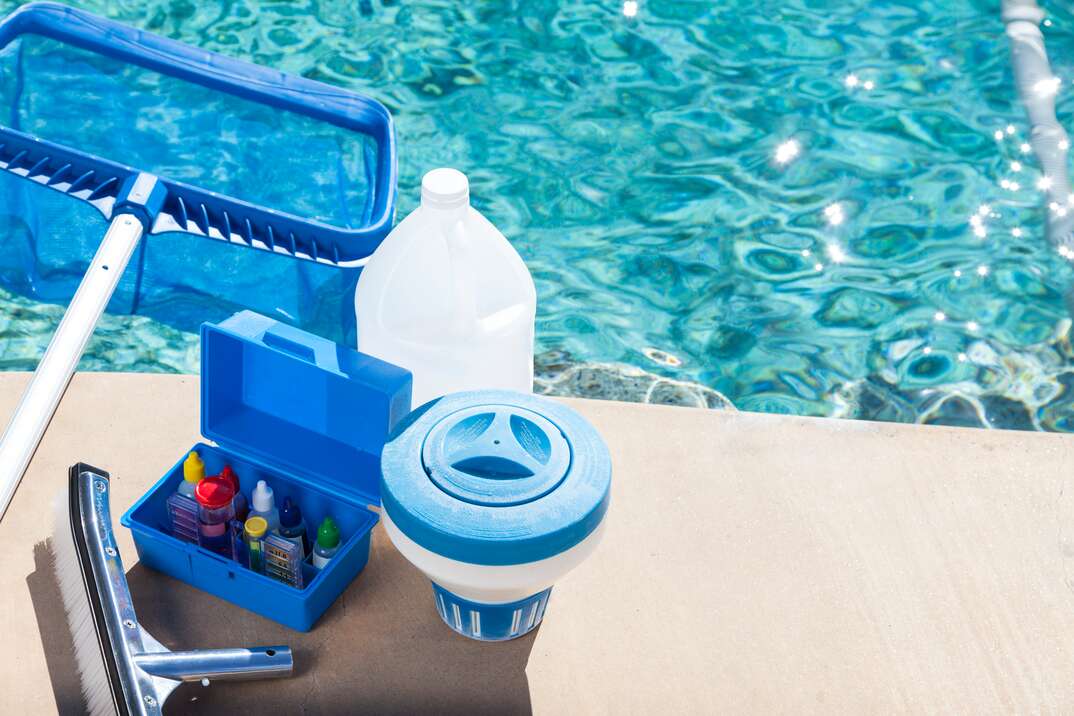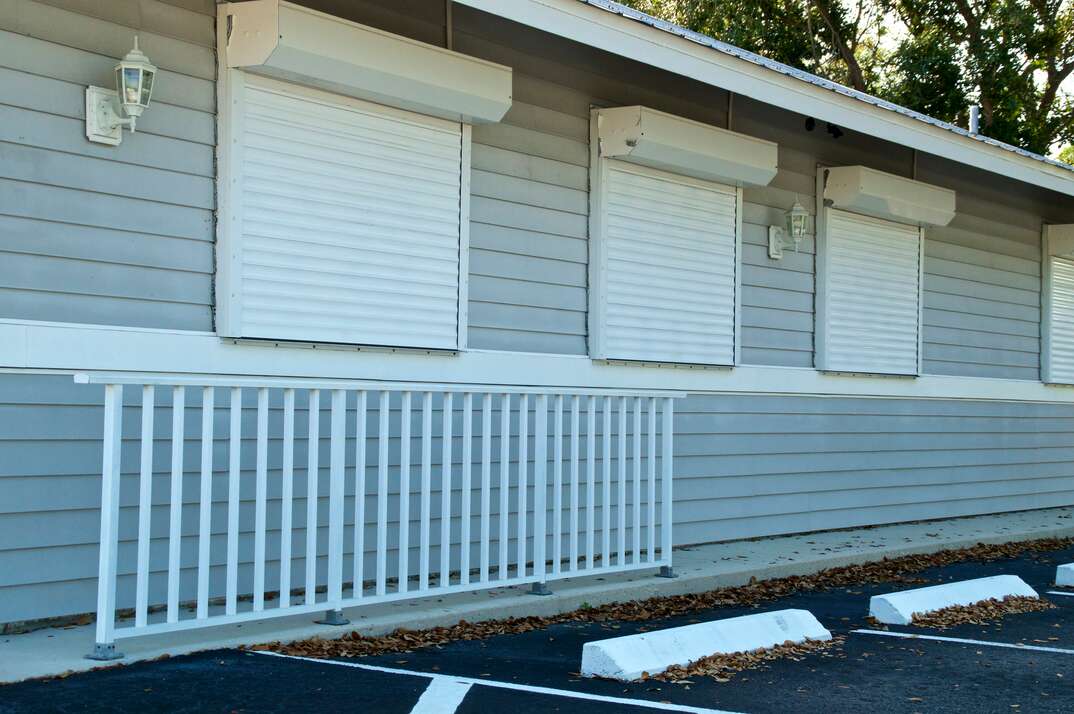Keep Your Pool Running Swimmingly With These Maintenance Tips

Relaxing with a blended tropical cocktail in your floating pool chair is a great way to chill out when the weather’s hot. But it’s not all rest and relaxation — swimming pool ownership requires cleaning and maintenance to keep it running smoothly and ensuring it’s the jewel in your backyard oasis.
This May Also Interest You: Preparing Your Home Before a Long Vacation
With a little time, the right knowledge and a few thousand bucks a year (it ain’t cheap!), you’ll be able to take care of most of your pool’s needs yourself.
Swimming Pool Upkeep Costs
On average, it’s going to cost you between $1,000 and $2,000 annually for basic upkeep of your pool. Once you add in any repairs and the costs of utilities, you could spend up to $5,000 a year for your pool to remain in good working condition.
If you hire a service to come and take care of your pool, it could cost around $150 a month for that — but many of the tasks they perform of can easily be done by someone in your household. Those include:
- Checking water levels
- Monitoring chemicals
- Emptying debris skimmers
- Brushing the walls
- Vacuuming the pool bottom
Pool Water Balance
One of the most important things you can do for your pool is maintain proper chemical levels by testing the water regularly for factors like pH balance (the acid and base content of your water) and chlorine (which sanitizes the water). Some such testing can be done at home on a weekly or bi-weekly basis.
But it’s also wise to take a pool water sample to a professional water testing service for a complete chemical analysis. Most stores that specialize in pools will be able to assist you. They’ll then recommend any necessary chemicals or maintenance to get your pool water levels where they should be.
Pool Filtration System
A pool filtration system is a necessity. It works by cycling water through a canister that contains sand. The water is able to flow through, but any larger particles are unable to pass. Once the debris has been filtered out, the clean water is pumped back into the pool.
Ideally, the filter should run 24 hours a day, but it can be costly so running it for 12 hours a day is reasonable compromise.
A pool filter can cost between $500 and $2,000 — not an insignificant sum, but it’s necessary for a pool to have one. Plus it can last from five to 10 years with proper preventive maintenance. Certain parts, such as gauges, cartridge filter elements and O-rings need to be checked annually.
Winterizing Your Pool
Properly closing down your pool for the winter months is a must. Here's what you need to do:
- Shock the pool water with chemicals
- Lower water levels
- Backwash the filter
- Clear water lines
- Install a winter cover
Checking off all of these tasks can run up to $300. If you need to get a winter cover, expect to pay from $75 up to $300 for a standard tarp cover, which typically lasts up to three years.
Opening the Pool
Once the weather starts to get warmer, you’ll be ready to open your pool back up for the season. Having a professional do it for you could cost anywhere from $150 to $400 — but expect to pay more if they peal back the cover to find your pool is dirty and green; that’ll require additional cleaning and chemicals, which will add to the cost.
Follow these steps to reopen your pool:
- Remove the cover.
- Reassemble the filter system.
- Clean and test the water.
- Refill the water.
- Turn on the pump and any other equipment, such as heaters.
You’ll also want to make sure you have a cover to keep your pool protected when it’s not in use during pool season. A solar cover is a popular option for this purpose. Not only does it help to keep leaves and other debris out, it warms your pool naturally without the cost of installing a heater.
Most solar covers cost between $75 and $225. Prices vary based on the size of the pool and the quality of the cover. If you want a cover with a reel, expect to pay more; these can range from $200 all the way to $500.
Saltwater Vs. Chlorine
Chlorine pools are more common, but saltwater is becoming more trendy. Contrary to popular belief, saltwater pools don’t taste or feel like the ocean. The salinity of saltwater is only about one-tenth of what you would find in the ocean.
These types of pools use a salt-chlorine generator that converts salt into chlorine. The perk is that it is gentler on the skin and eyes. It still contains chlorine levels high enough to disinfect the pool — but not so high that it bleaches out your swimwear.
Saltwater pools cost more upfront, however. The salt-chlorine generator can run between $1,500 and $2,500, and will need to be replaced every three to seven years. If you live in a warmer climate, your pool will need more chlorine, so the generator will have to work harder.
Ongoing maintenance costs for a saltwater pool tend to be lower than for a chlorine pool. Chemicals for a saltwater pool will cost between $70 and $100 a year. Whereas chemicals for a chlorine pool will cost between $300 and $700. On the other hand, it costs more in electricity to run a saltwater pool than a chlorine pool.
Since we’re all home now more than ever, being prepared for unexpected home repairs with a plan from HomeServe is important. Having a plan in place gives you the peace of mind knowing that you can simply call our 24/7 repair hotline for covered breakdowns. See what plans are available in your neighborhood.


